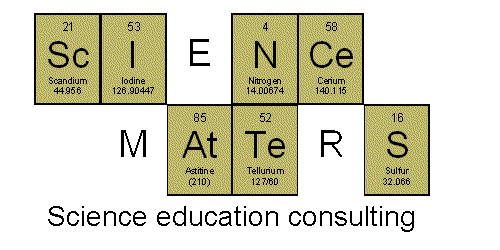Draw a 40 cm (diameter) circle on your board. [You could also cut out a 40 cm circle, but that takes a bit more work - you need to use a piece of poster board or tape several pieces of paper together].
Tell your students that that circle is the Earth (you could get creative and add some continents and oceans to your circle drawing to make it more convincing, if you're so inclined). They now need to cut out a circle to represent the size of the moon.
Have the students tape their moons on the board around the Earth drawing. Are the moons about the same size, or was there a lot of variation in the students' guesses?
The correct size for the moon is approximately 10 cm. Measure the students' moons and remove all but the one closest to accurate (if there are none that are terribly close, you might want to remove them all and replace them with one of your own that's correct).
After comparing the size of the Earth and moon next to each other, move the moon 1200 cm (12 m) away from the Earth - that's the distance between the two to the same scale. Quite something, isn't it?
******
Presented by Dr. Christine Anne Royce (Shippensburg University) at the 2007 New Jersey Science Convention.
Tuesday, September 28, 2010
Subscribe to:
Post Comments (Atom)






Is it actually 1200 cm? Or is it 1.2 m? Because, unless I'm wrong, 1200 cm equals 12 m.
ReplyDeleteThanks for catching that Nancy. It is 1200 cm or 12 m. Will go fix it now....
DeleteNice correction Nancy.
ReplyDeleteCanadian Animal Lovers